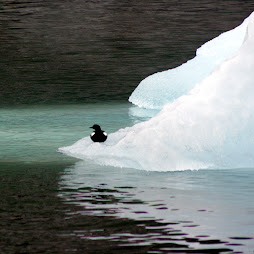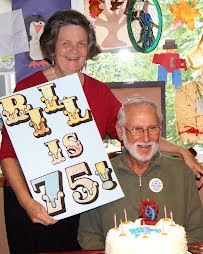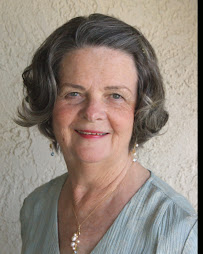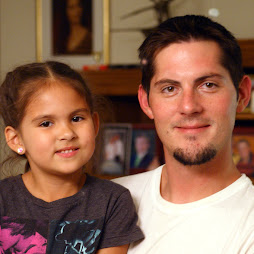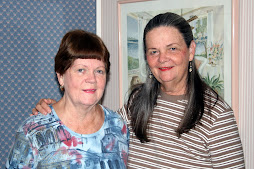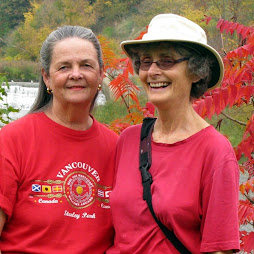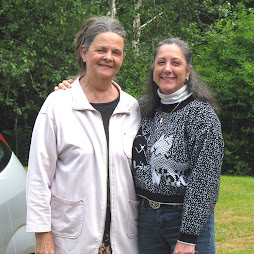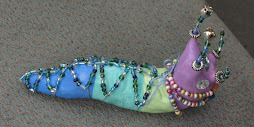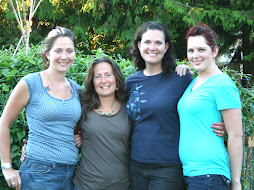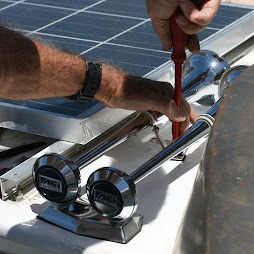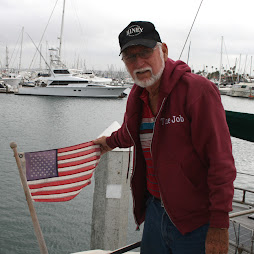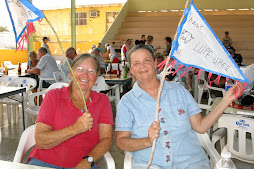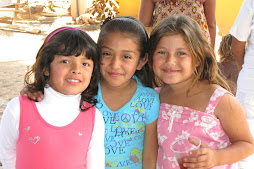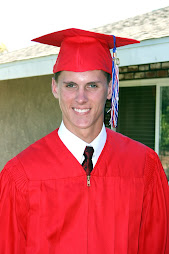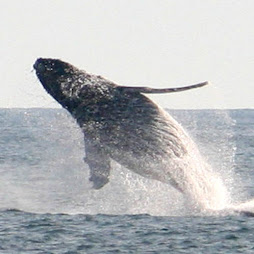

As we continued east along the Central American coast, we were accompanied by the ever-present Ring of Fire. The twin peaks of San Vicente are shown in the photo above, as viewed from our dock in Bahia del Sol. We traveled overnight from Guatemala, arriving early afternoon and just in time to WAIT four hours for the tide to turn so we could enter the estuary! Rogelio from the marina and our friend Bill from sailboat Mita Kuuluu came out to guide us in and take photos, too! (top photo) After checking into the country and paying our dues, we decided to stay in a slip instead of on the hook so we could more freely run our A/C. The humidity is relatively low this time of year but still high for us desert rats...
The whole atmosphere of El Salvador seems friendly and welcoming. Prices are reasonable and the money is the U.S. dollar! It is funny to walk through an open air market and hear the hawkers calling "Diez por 2 quarters~" One of Alice's first ventures for shopping was to Zacatecaluca by local bus with friend Jean. By the time we got there on two different buses, walked through the huge marketplace, ate lunch and returned to the marina it took six hours- a good day's work...
Bill and Jean needed to go to the capital for dental appointments, so the four of us rode the bus to the city and got rooms at Myer's House B & B. Between appointments we were able to make a day trip to two smaller communities with Jorge, who runs a tourism service and has become Bill and Jean's friend. First we drove east through the huge city where half of the country's population lives. We stopped in Ilopango to visit a factory where clay figurines and plaques are manufactured. Dozens of shops lined the street as we drove into town, displaying a variety of souvenirs, many made from the local clay. Alice got a little carried away, but by buying only the miniature figurines she hopes to get them all home safely in March.
The next town was Suchitoto, a community of classic colonial architecture and one of the first areas where the war took its toll, with some buildings still showing bullet holes. We ate lunch at a lovely French restaurant and looked around the beautiful hacienda-style hotel adjacent to it. Then we did a bit of shopping, ending on the plaza where La Iglesia de Santa Lucia is under renovation. Jorge is a walking encyclopedia and gave us many insights into the history and culture of El Salvador. One of the causes of the war in the 80's-90's was injustice to the indigenous people. Many moved away and those who stayed do not wear native dress or practice native customs, as they have tried to blend into the modern culture. In fact, he called Salvadorans imitators of other cultures. Western dress, food, and music is very apparent.
Our third day in the city found the two couples going separate ways- Bill and Jean on a hunt for two guitars and Bill and Alice to spend the day with a 'new' friend, the sister-in-law of friends in Indio! Elizabeth and daughter Mariel came to pick us up at the B & B and then took us on a tour of the western part of the city. We stopped at the Guzman Museo and enjoyed seeing the interesting archeological displays there. We also went to Las Galerias, one of the many huge malls in the city. This one was actually built around a lovely old home which today is divided into several shops! After picking up her son at school we went to their home for a very traditional lunch: bean and cheese pupusas and vinaigrette coleslaw~ yummy. We had planned to ride the bus home, but failing to find the terminal, Elizabeth insisted on driving us all the way to the marina ~ what a dear!
Our SKY Mexico TV has been put to good use lately, what with pro football playoff games and the presidential inauguration where our salon was full of spectators. The same will happen for Super Bowl, complete with a potluck dinner. There are numerous sailboats here, occupied by Americans. The lovely sportfishing boats in the marina are either owned by locals or sit here idly waiting for owners to fly in for the occasional fishing trip to locate dorado or sailfish (catch and release).
As our two weeks here stretch into three, we continue to enjoy the boat, our friends, the marina and beach within walking distance. This is a place we will definitely visit again.







